Bearded dragons are fascinating reptiles that have become increasingly popular as pets due to their docile nature and relatively straightforward care requirements. However, even experienced owners sometimes observe behaviors that can be concerning or confusing. One such behavior is “glass surfing” – when a bearded dragon repeatedly scratches at the glass walls of its enclosure, appearing to try to climb or escape. This activity can be worrying for pet owners who want to ensure their scaly friend is happy and healthy. Understanding why your bearded dragon is glass surfing is crucial to addressing any potential issues with their environment or health.
What Exactly Is Glass Surfing?
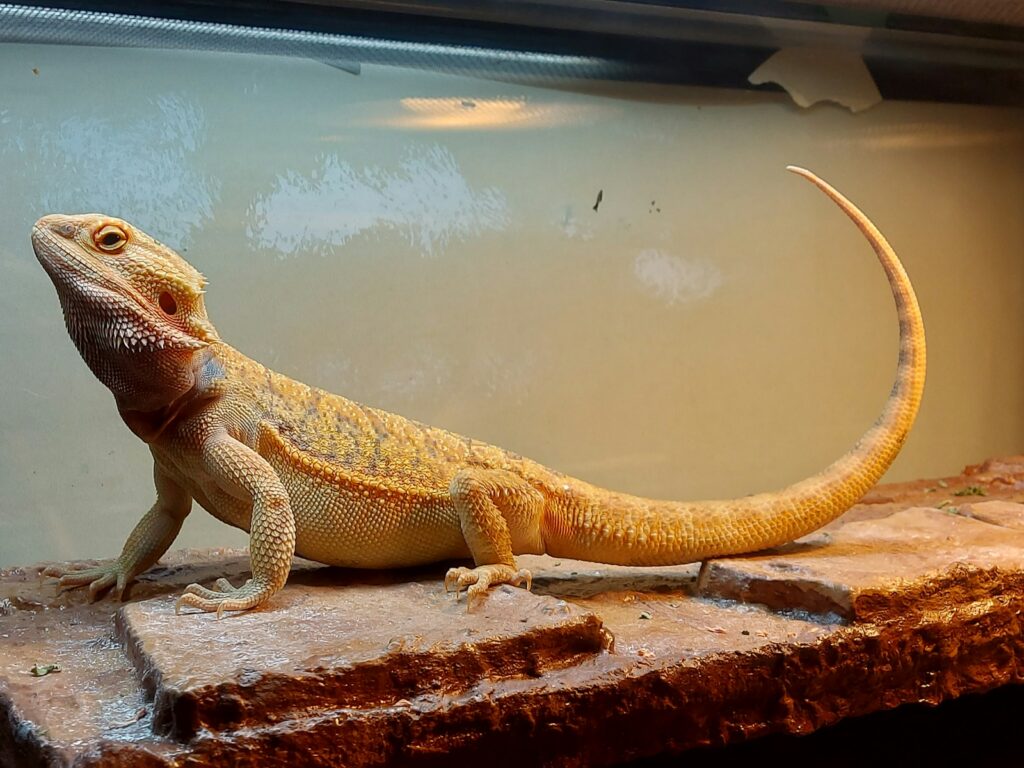
Glass surfing refers to a behavior where bearded dragons repeatedly scratch or paw at the glass walls of their terrarium, often standing on their hind legs. During this activity, the reptile might press its body against the glass and move its limbs in a walking or climbing motion, as if trying to scale the transparent barrier. This behavior can last for minutes or even hours, and may be accompanied by head-bobbing or arm-waving. The term “surfing” comes from the appearance of the dragon sliding along the glass surface, similar to a surfer gliding on water. Many owners notice their pet’s beard may darken during this activity, which can be an additional sign of stress or territorial behavior.
Stress and Anxiety Triggers
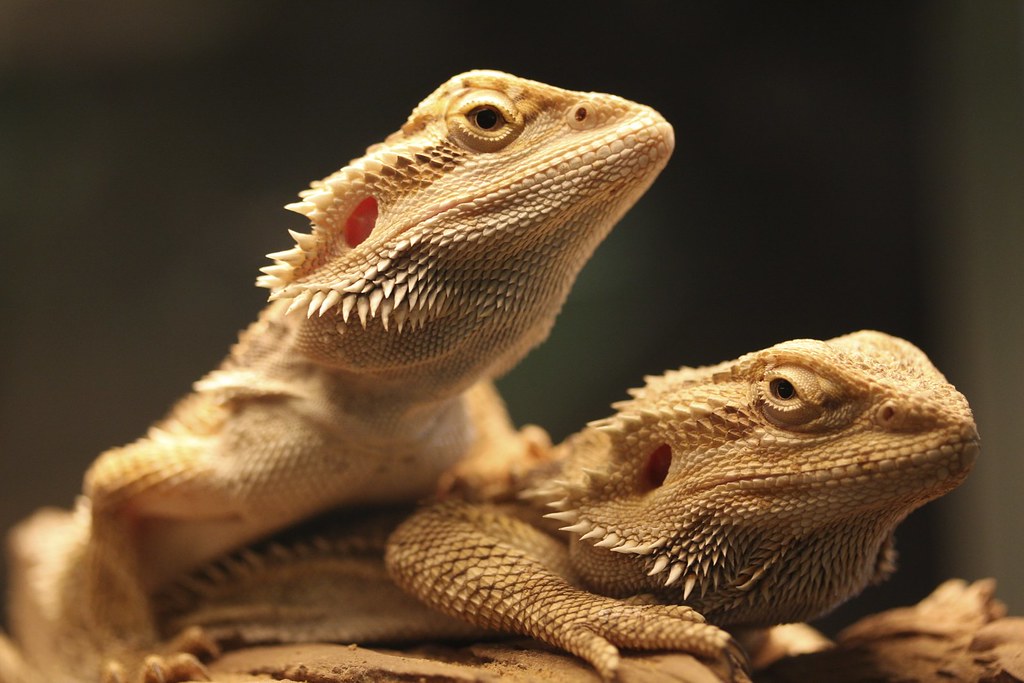
One of the primary reasons bearded dragons engage in glass surfing is stress or anxiety. These sensitive creatures can become distressed by various environmental factors that we might not immediately recognize. Loud noises from televisions, music, or household activities can startle your pet and trigger glass surfing as an escape response. Similarly, the presence of other pets like cats or dogs that your bearded dragon perceives as predators can cause significant anxiety. Even rapid movements outside the enclosure, such as people walking by frequently, can stress these animals who are naturally vigilant against predators. Creating a calmer environment around your bearded dragon’s habitat often helps reduce stress-related glass surfing behaviors.
Territorial Behavior and Reflections
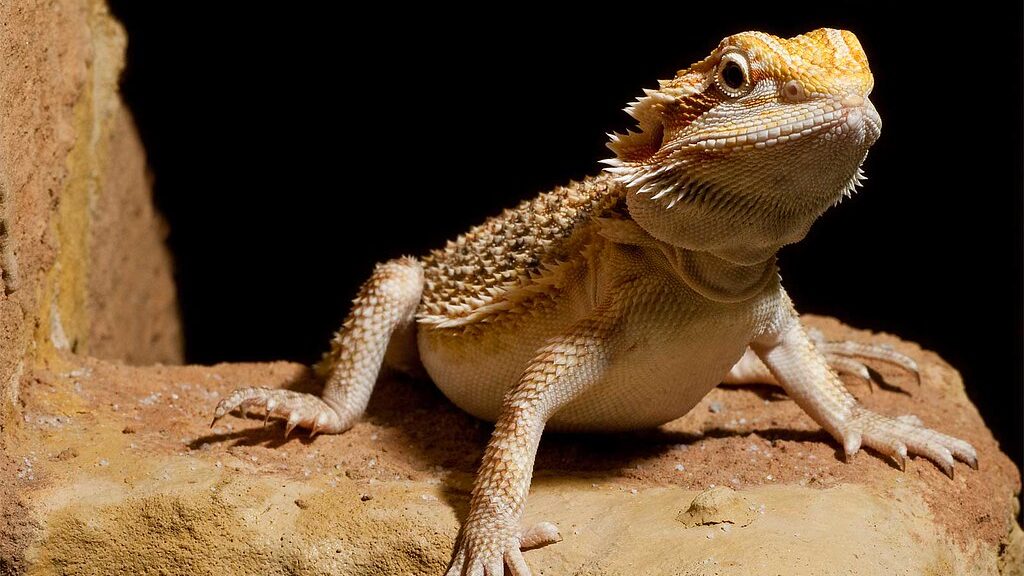
Bearded dragons, particularly males, can be highly territorial creatures that react strongly to perceived rivals. The glass of their enclosure can sometimes create reflections that your dragon mistakes for another bearded dragon, triggering a defensive territorial response. This misperception often leads to glass surfing as your pet attempts to intimidate or chase away the “intruder” it sees reflected. You might notice this behavior is more common in certain lighting conditions that create stronger reflections. Some dragons will even display other territorial behaviors simultaneously, such as beard darkening, head bobbing, or arm waving, further confirming that they’re responding to what they believe is another dragon. Adjusting lighting or providing visual barriers on some sides of the enclosure can help minimize reflection-induced glass surfing.
Inadequate Enclosure Size
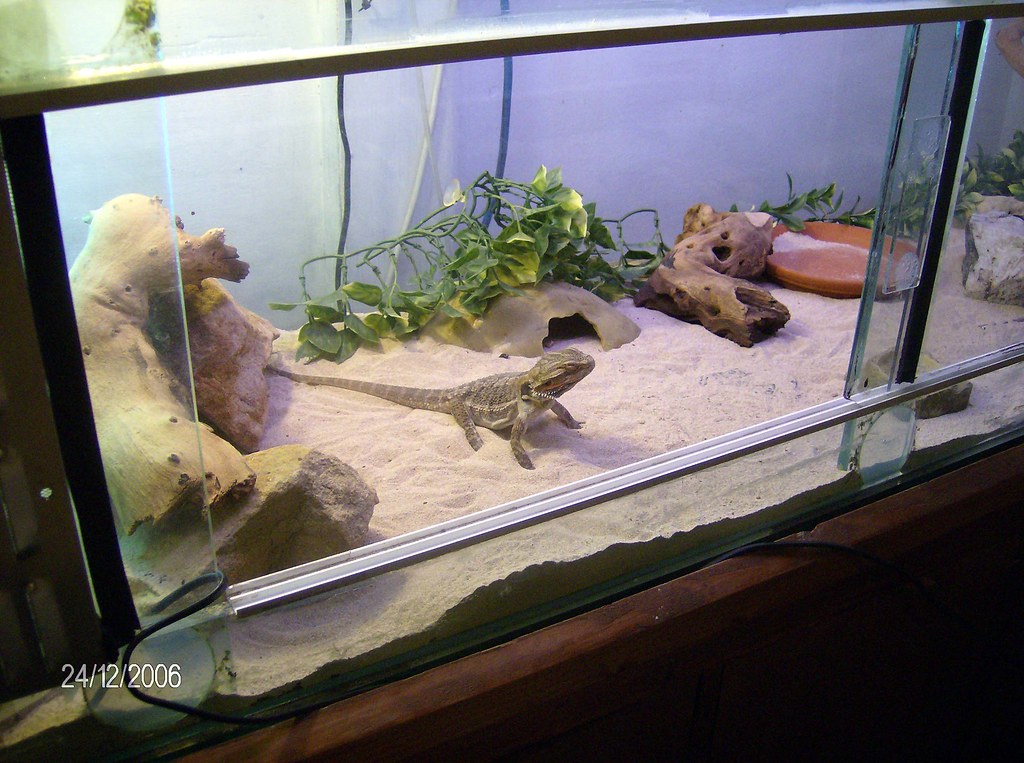
Bearded dragons require spacious enclosures to thrive, and insufficient space is a common cause of glass surfing behavior. Adult bearded dragons should have a minimum enclosure size of 4 feet long by 2 feet wide by 2 feet tall, with larger being preferable. When kept in tanks that are too small, these reptiles become frustrated and restless, often attempting to find more space by trying to escape through the glass. This spatial restriction is particularly problematic for adult dragons who naturally roam across large territories in the wild. As your bearded dragon grows, its enclosure should be upgraded accordingly to provide adequate room for movement, exercise, and exploration. If your pet began glass surfing after reaching adult size, it might be time to consider a larger habitat.
Improper Temperature Gradients
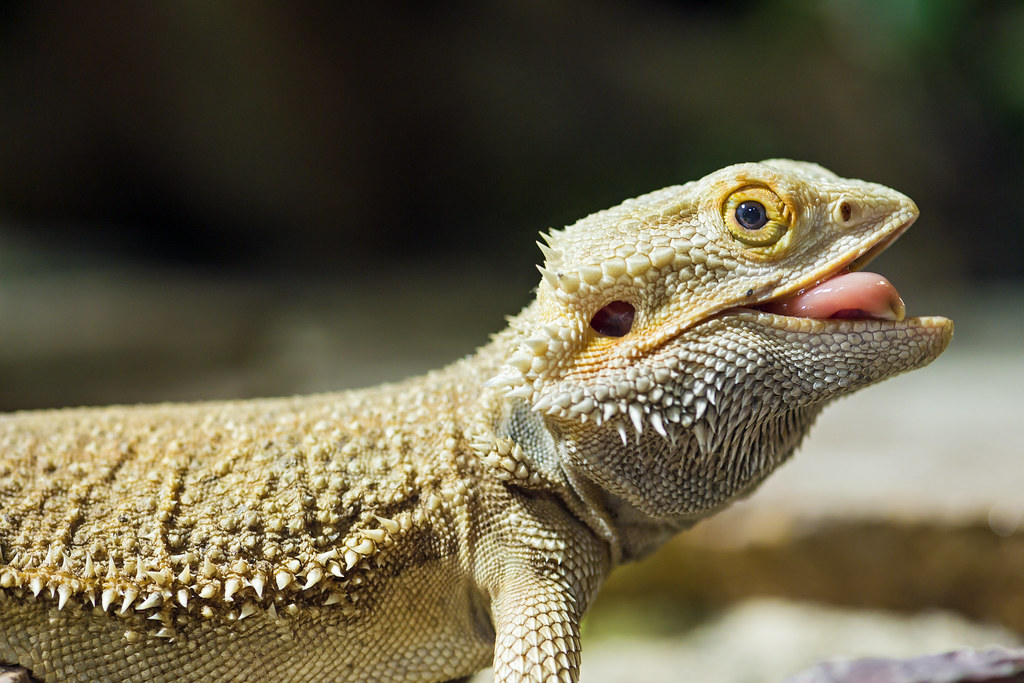
Bearded dragons are ectothermic (cold-blooded) reptiles that rely on environmental temperatures to regulate their body heat, making proper thermal gradients essential for their well-being. A tank with incorrect temperatures – either too hot or too cold overall, or lacking proper basking and cool zones – can cause a dragon to glass surf in an attempt to find a more suitable temperature. Your bearded dragon’s enclosure should maintain a basking spot of 95-105°F (35-40°C) for adults and slightly warmer for juveniles, with the cool end around 75-85°F (24-29°C). Without this gradient, dragons become uncomfortable and may frantically search for appropriate temperatures by pacing and surfing the glass. Regular monitoring with reliable thermometers placed at both ends of the enclosure is crucial for maintaining proper temperature ranges.
Mating Behavior and Seasonal Changes
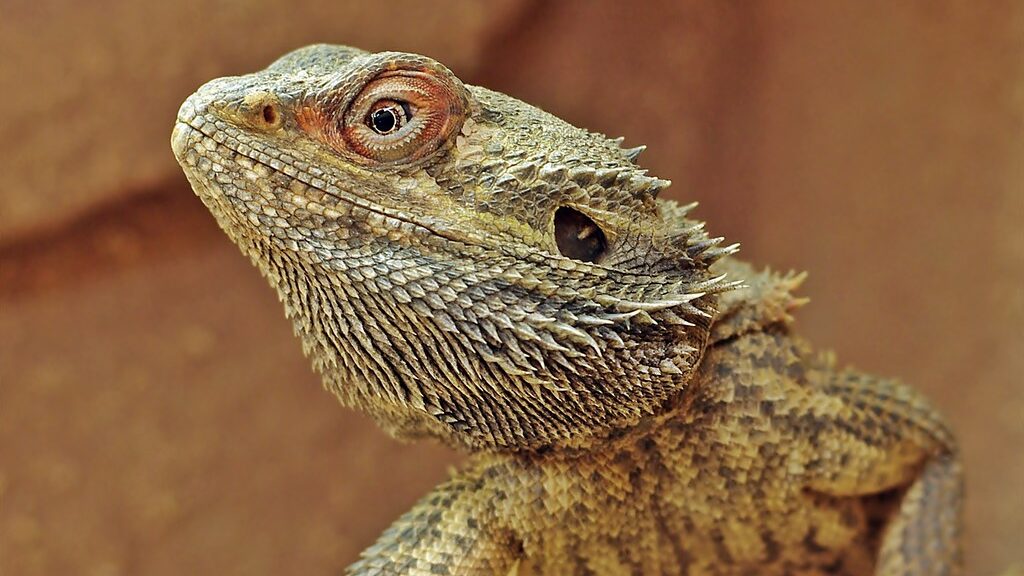
During breeding season, which typically occurs in spring and early summer, bearded dragons often display increased activity and glass surfing as part of their natural mating behaviors. Male bearded dragons become particularly restless during this time, actively searching for potential mates in their environment. This hormonal drive can lead to persistent glass surfing as they attempt to expand their territory and locate females. Female bearded dragons may also glass surf when they’re gravid (carrying eggs) and searching for appropriate places to lay their clutch. These seasonal behaviors often subside naturally after the breeding season ends, though they can be quite intense while they last. If your dragon’s glass surfing coincides with seasonal changes or appears cyclical throughout the year, reproductive urges might be the underlying cause.
Hunger or Nutritional Deficiencies
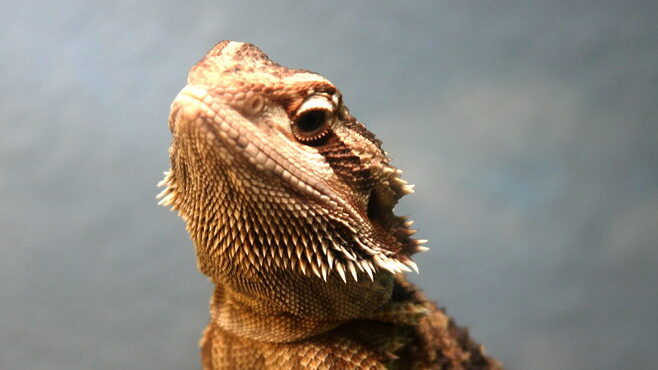
A hungry bearded dragon or one suffering from nutritional deficiencies may resort to glass surfing as it searches for food. These reptiles have specific dietary requirements that change throughout their lifecycle, with juveniles needing more protein and adults requiring more plant matter. Inadequate feeding schedules or improper nutrition can lead to restless behavior as your pet tries to find additional food sources. Calcium deficiency, in particular, can cause unusual behaviors including glass surfing, as this essential mineral is crucial for proper nerve and muscle function. Ensuring your bearded dragon receives appropriate portions of correctly gut-loaded insects, fresh vegetables, and proper supplements according to its age can help address nutrition-related glass surfing. Regular feeding schedules also help reduce food-seeking behaviors by establishing consistent expectations for your pet.
Boredom and Lack of Enrichment
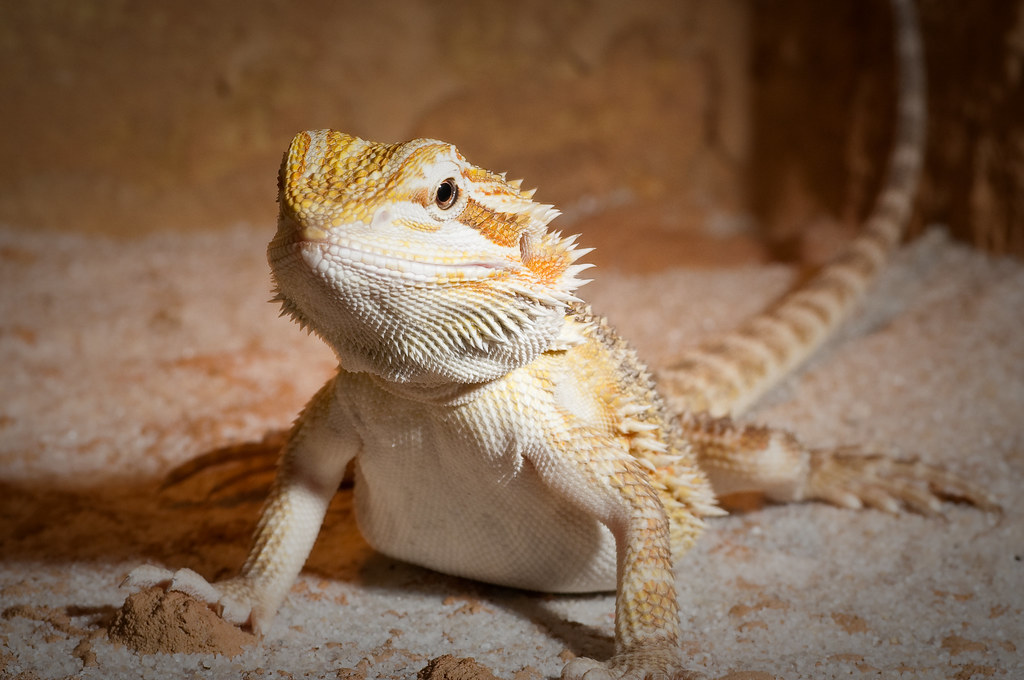
Like many intelligent animals, bearded dragons need mental stimulation and environmental enrichment to thrive in captivity. A barren enclosure without climbing opportunities, hiding spots, or objects to explore can lead to boredom and frustration, manifesting as glass surfing behavior. These reptiles naturally explore varied terrain in the wild, climbing rocks and seeking different experiences throughout their day. In captivity, they benefit from enclosures designed with multiple levels, safe climbing branches, rocks, and occasional new objects to investigate. Some owners find that providing supervised time outside the enclosure in a reptile-safe room helps satisfy their pet’s curiosity and reduces glass surfing tendencies. Regular enrichment through habitat rearrangement, new décor items, or even occasional novel food items can help keep your bearded dragon mentally engaged and less likely to glass surf out of boredom.
Improper Lighting Conditions
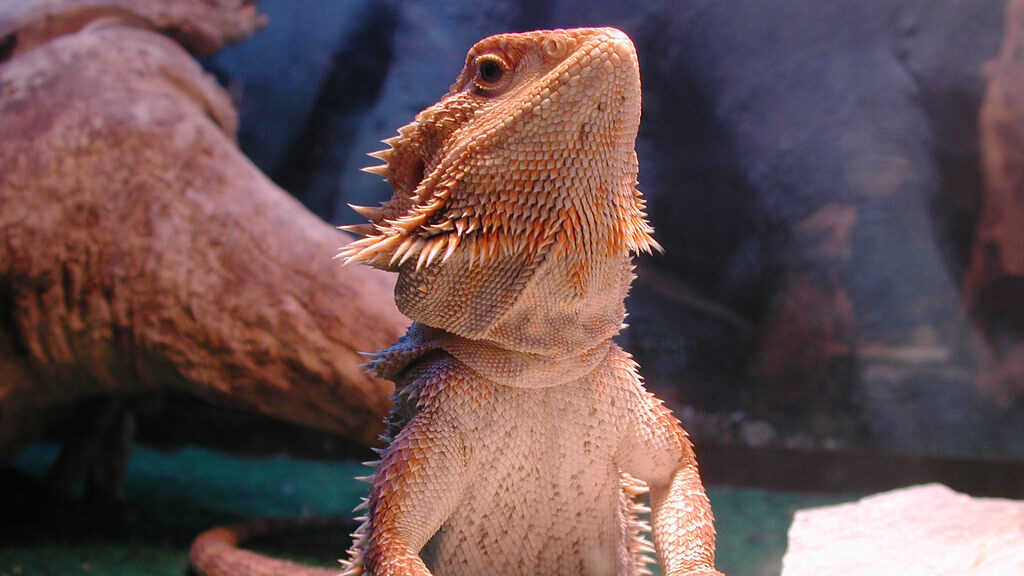
Bearded dragons require specific lighting to maintain their health and natural behaviors, and improper lighting setups can trigger glass surfing. These reptiles need UVB light to synthesize vitamin D3, which is essential for calcium metabolism. Insufficient UVB exposure can lead to health issues and unusual behaviors as your dragon attempts to find better lighting. Additionally, bearded dragons follow natural photoperiods, and inconsistent day/night cycles can disrupt their biological rhythms, causing stress and abnormal activity patterns. Your bearded dragon’s enclosure should receive 10-12 hours of appropriate UVB lighting daily, followed by complete darkness at night, with no colored lights that disrupt sleep cycles. Ensuring that UVB bulbs are replaced according to manufacturer recommendations (typically every 6-12 months, even if still illuminated) is crucial for preventing lighting-related behavioral issues.
Health Issues and Discomfort
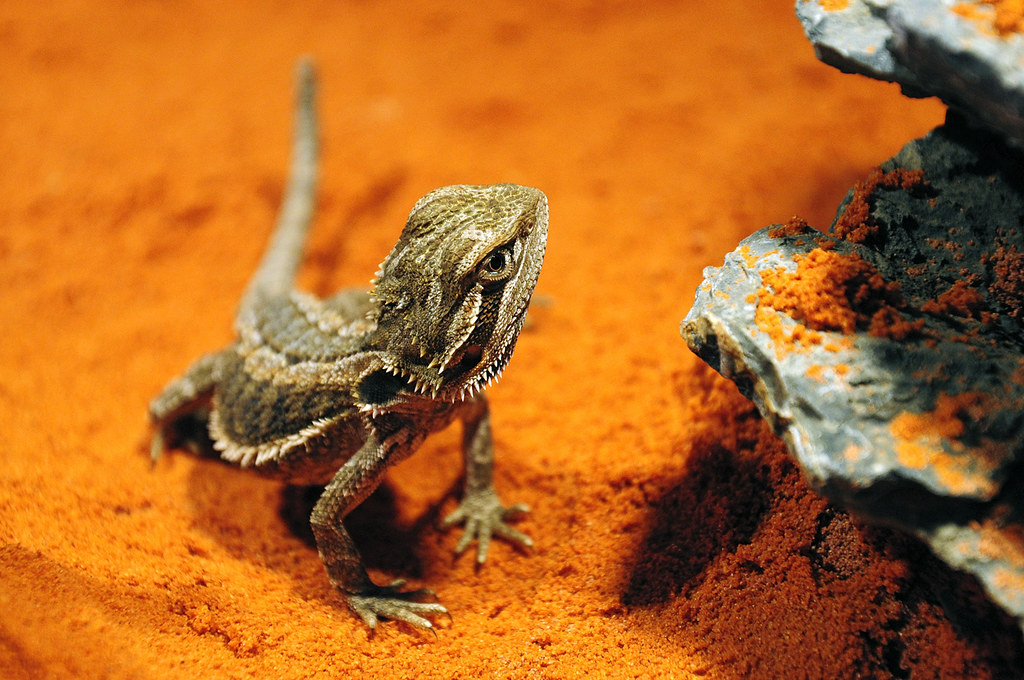
Sometimes, glass surfing can indicate underlying health problems that are causing your bearded dragon discomfort or pain. Parasitic infections, impaction from ingested substrate, respiratory infections, or other illnesses might cause a dragon to become restless and pace its enclosure repeatedly. Egg binding in females (being unable to pass eggs properly) can also lead to distressed behavior including glass surfing. Observe for other symptoms accompanying the glass surfing, such as weight loss, lethargy, abnormal droppings, or changes in appetite, which might suggest health concerns requiring veterinary attention. If your dragon’s glass surfing begins suddenly, persists despite environmental improvements, or is accompanied by other concerning symptoms, a visit to a reptile-specialized veterinarian is advisable. Prompt medical intervention for health-related causes of glass surfing can prevent more serious complications.
Changes in Environment or Routine
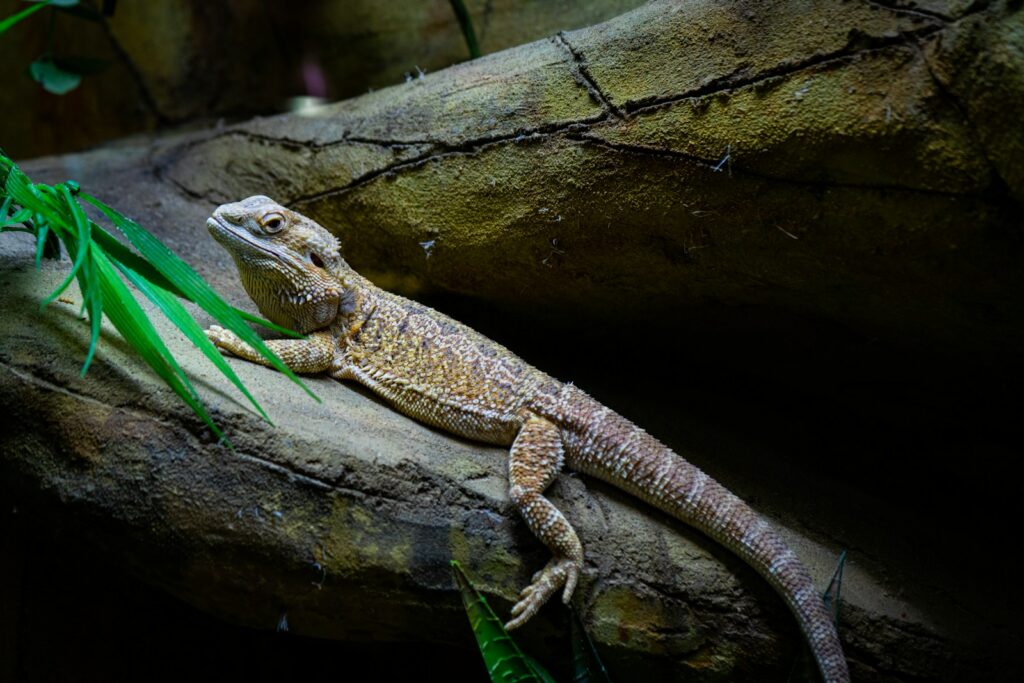
Bearded dragons are creatures of habit that can become stressed by changes in their environment or care routine. Moving the enclosure to a new location, rearranging furniture nearby, introducing new pets to the household, or even changing the dragon’s feeding schedule can trigger glass surfing behavior. These reptiles are surprisingly sensitive to environmental stability and may respond to disruptions by trying to escape what they perceive as an unpredictable situation. Even changes in household occupancy, such as guests staying over or family members moving in or out, can affect your bearded dragon’s sense of security. When making necessary changes to your dragon’s environment or routine, doing so gradually and maintaining as many familiar elements as possible can help reduce stress-induced glass surfing. Providing extra hiding spots during periods of change can also offer your pet security and reduce anxiety.
New Tank Adjustment Period
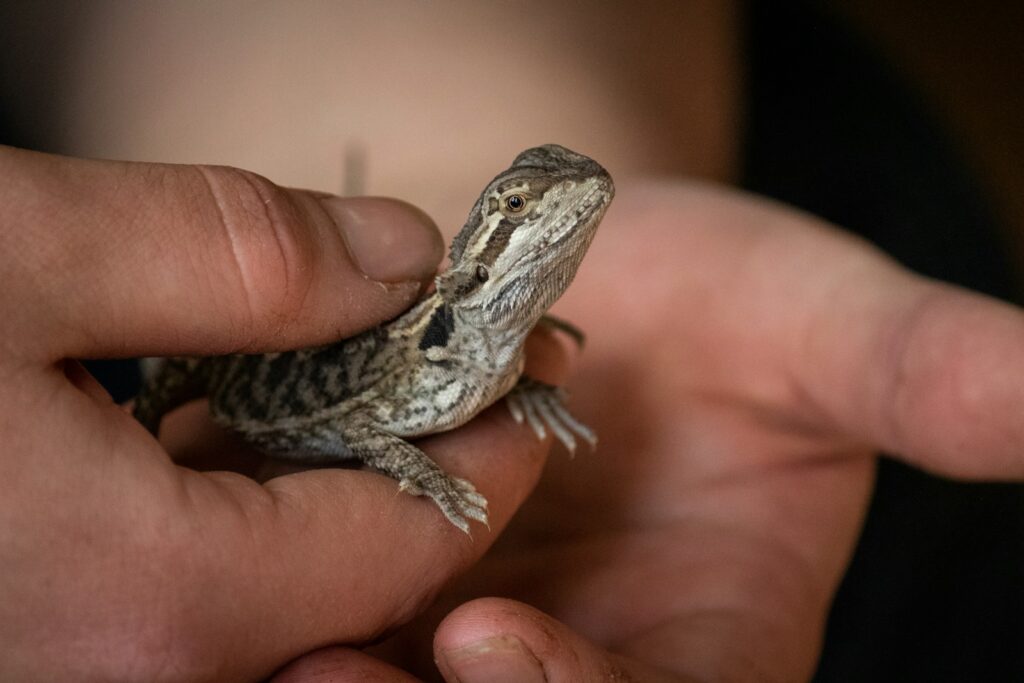
When first introduced to a new enclosure, bearded dragons commonly engage in glass surfing as part of their adjustment process. This behavior reflects their natural instinct to explore and establish the boundaries of their new territory. During this period, which typically lasts from a few days to a couple of weeks, your dragon is creating a mental map of its environment and determining that the glass barriers are indeed impassable. New dragons in your home may also glass surf more frequently as they adjust not only to their enclosure but to the sights, sounds, and routines of your household. This adjustment-related glass surfing usually diminishes naturally as your pet becomes accustomed to its surroundings. Minimizing other stressors during this period and maintaining consistent care routines can help your bearded dragon settle into its new home more quickly and reduce prolonged adjustment-related glass surfing.
How to Address Glass Surfing Behavior
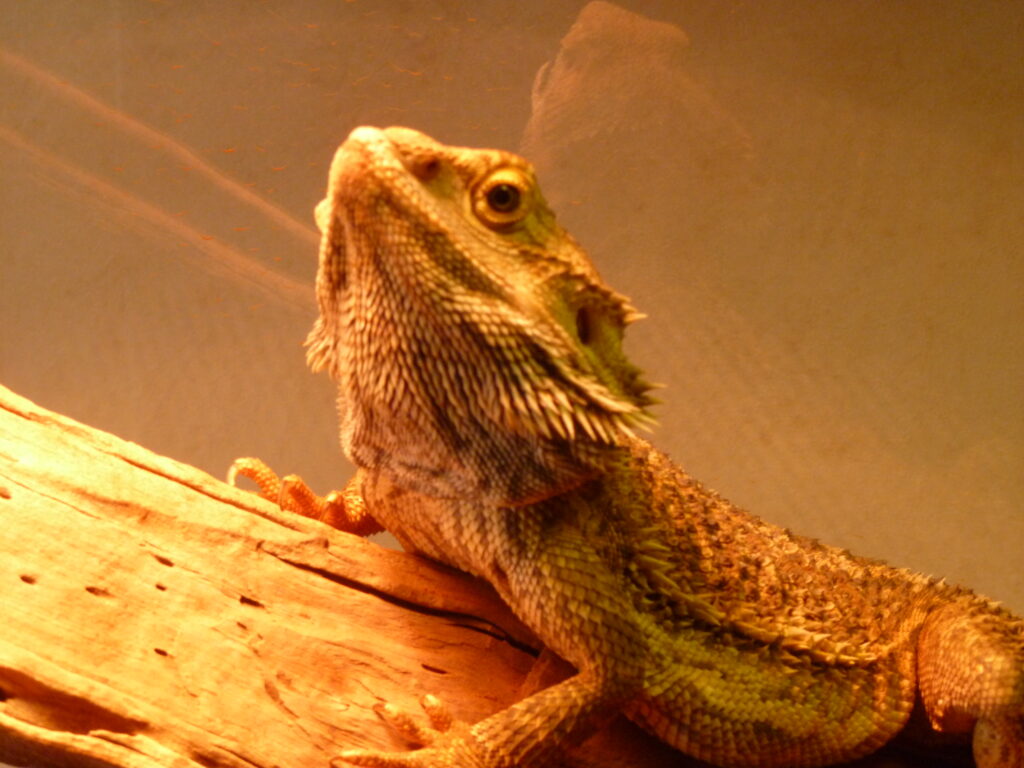
Addressing glass surfing requires a systematic approach to identify and resolve the underlying cause. Start by evaluating your bearded dragon’s habitat fundamentals: ensure proper enclosure size, temperature gradient, UVB lighting, humidity levels, and appropriate substrate. Next, consider environmental stressors by relocating the enclosure away from high-traffic areas, loud noises, or locations where other pets might frequently pass by. Enhance enrichment by adding climbing structures, hiding spots, and occasionally rearranging decor to provide mental stimulation. For reflection-related surfing, try covering the outside of one or more glass panels with a background image or solid color to eliminate the mirror effect. Establish consistent handling and feeding routines to provide security and predictability. If these environmental modifications don’t reduce the behavior, consult a reptile-specialized veterinarian to rule out potential health concerns that might be causing your dragon’s distress and persistent glass surfing behavior.
Understanding why your bearded dragon is glass surfing is the first step toward ensuring your reptilian companion’s well-being. This behavior, while sometimes concerning to observe, serves as an important communication tool between your pet and you. By carefully evaluating the various potential causes – from environmental stressors and habitat inadequacies to health issues or natural behaviors – you can make appropriate adjustments to improve your bearded dragon’s quality of life. Remember that each dragon has its own unique personality and preferences, so observation and patience are key to addressing their specific needs. With proper attention to their environment, nutrition, and overall care, most bearded dragons will reduce or eliminate glass surfing behavior, returning to the calm, curious, and contented demeanor that makes these reptiles such rewarding companions.




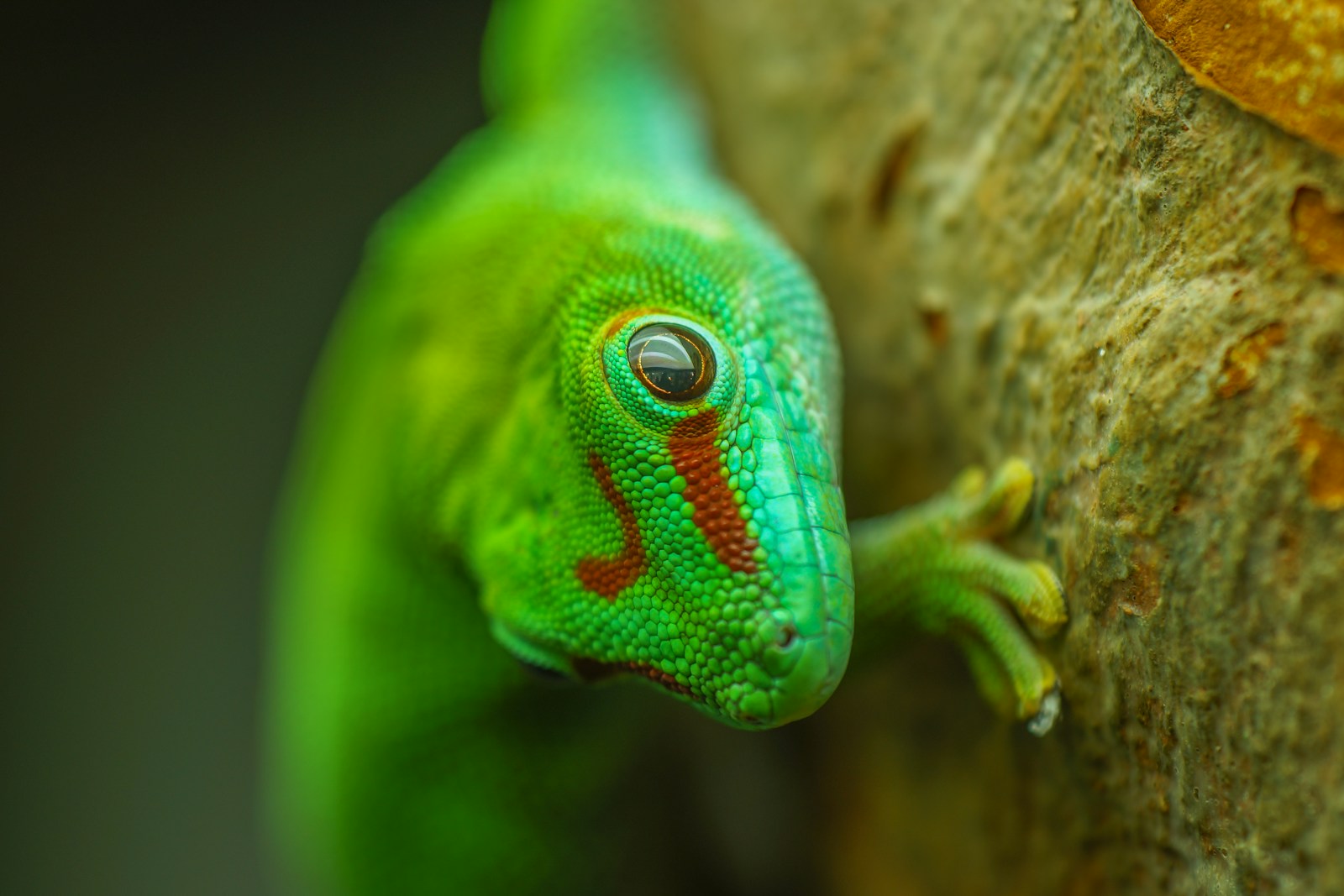
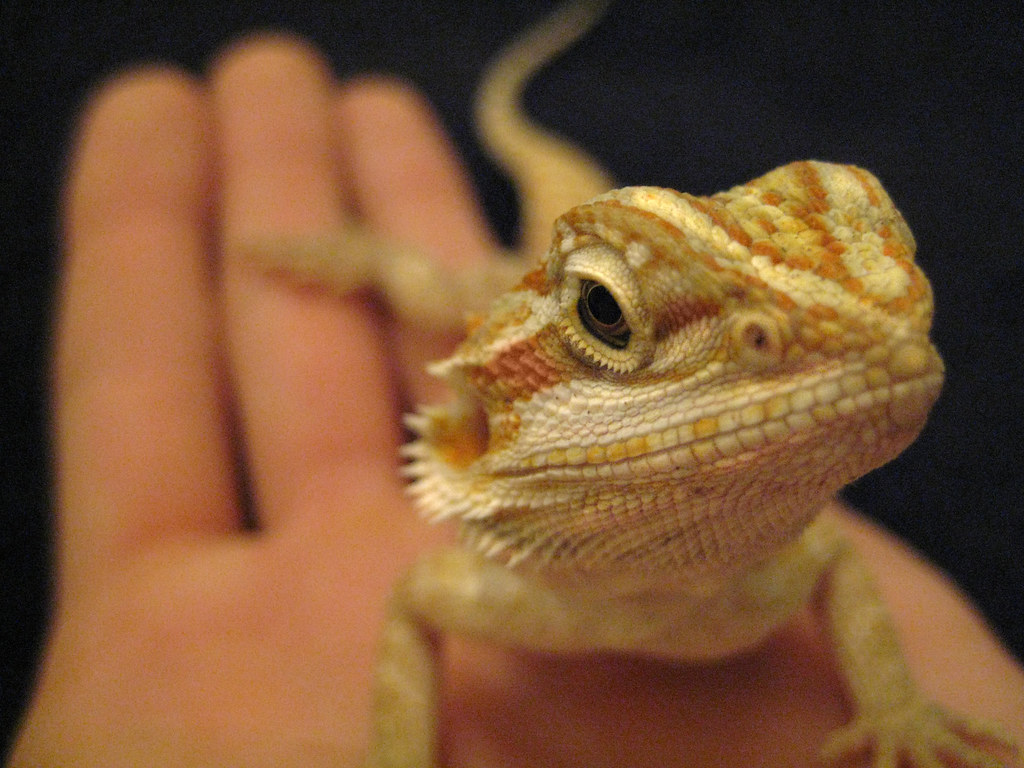

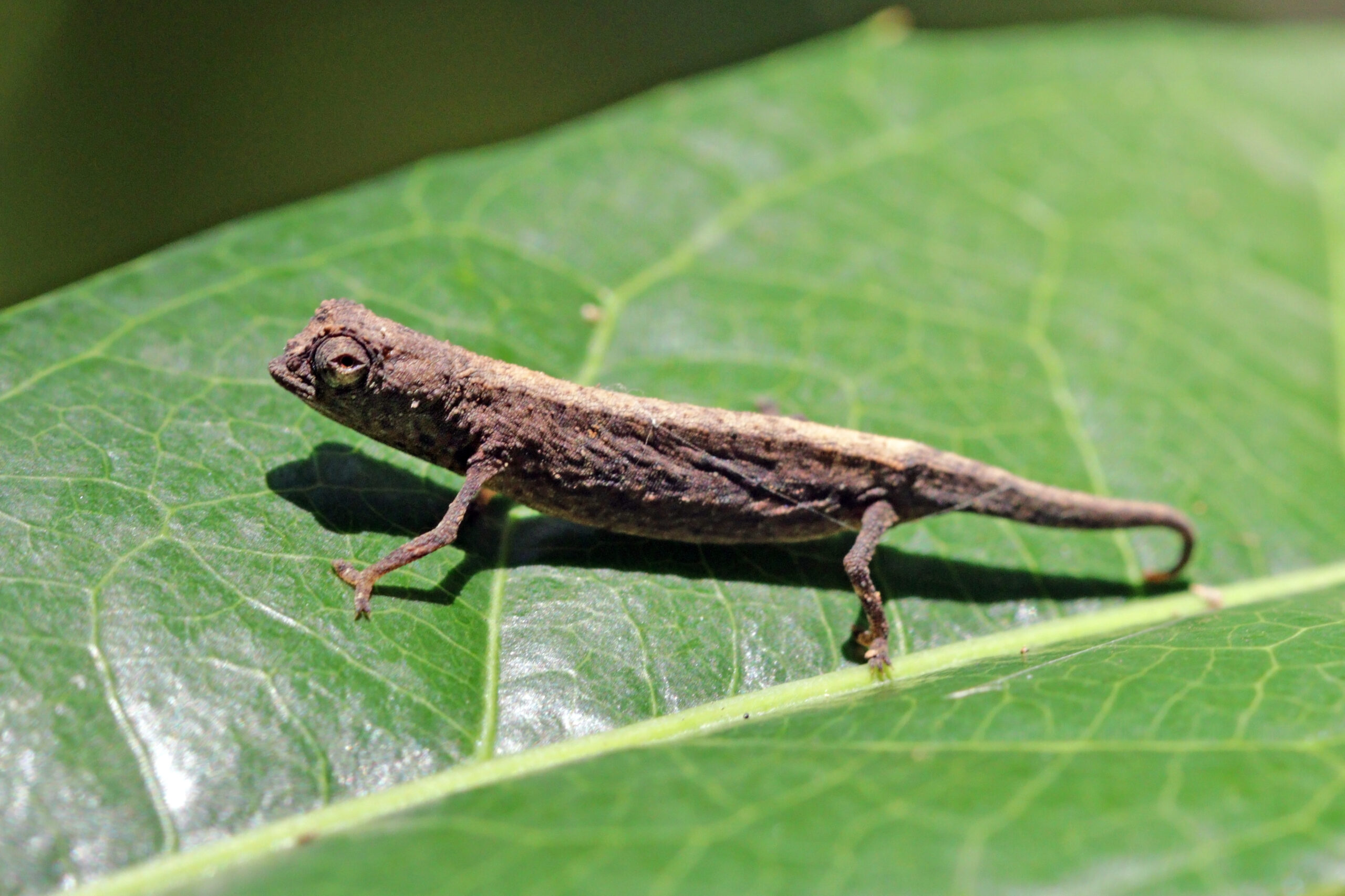

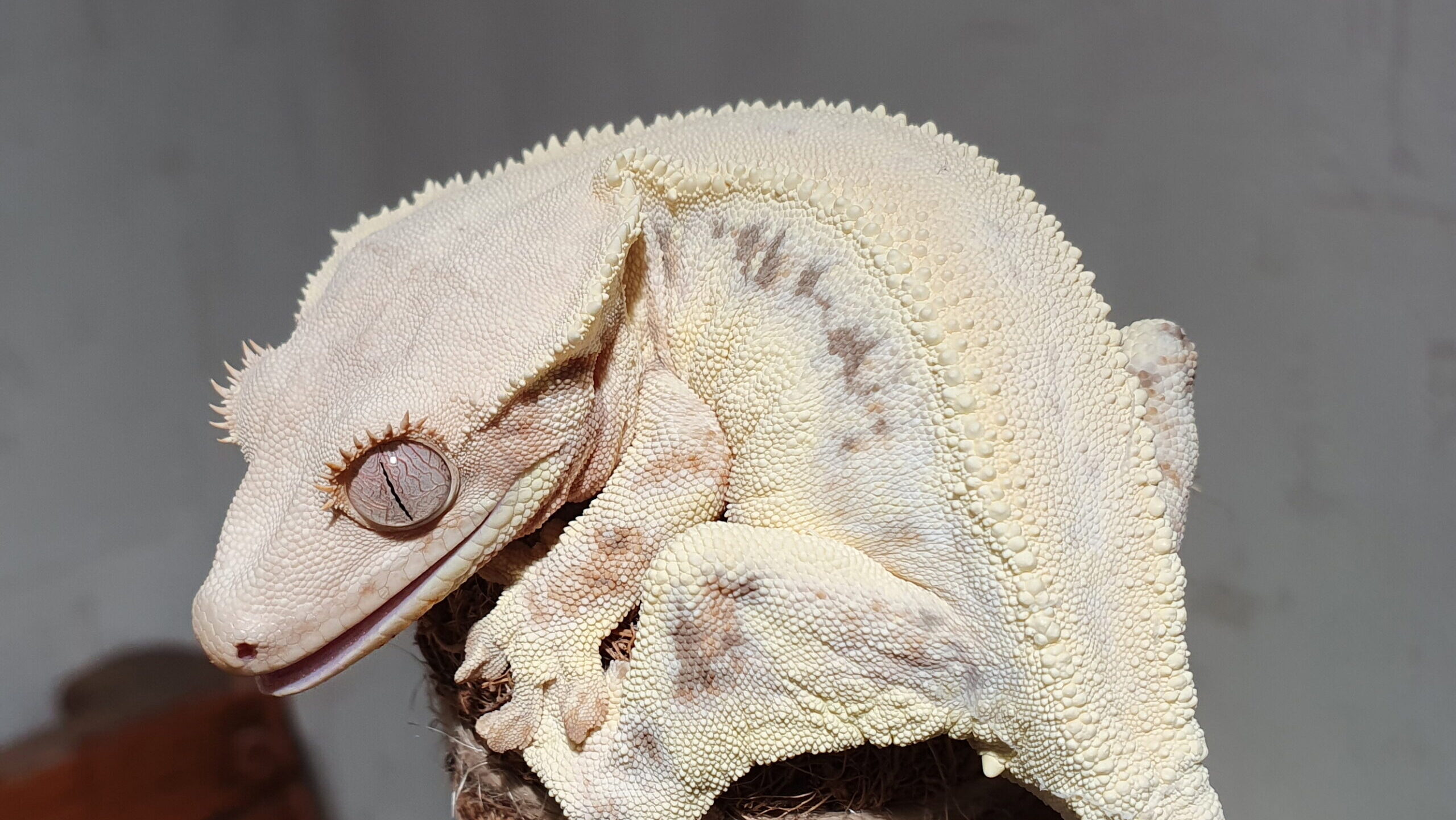






Leave a Reply